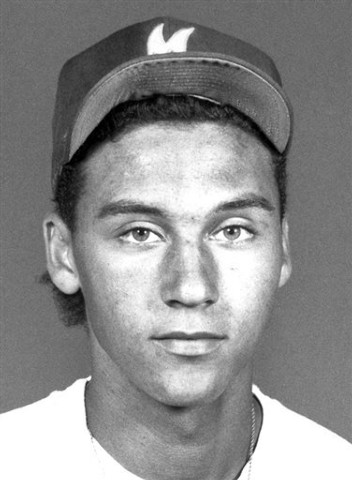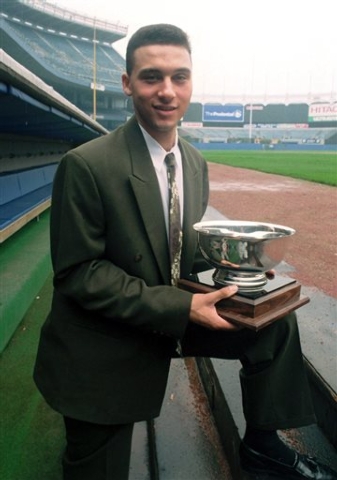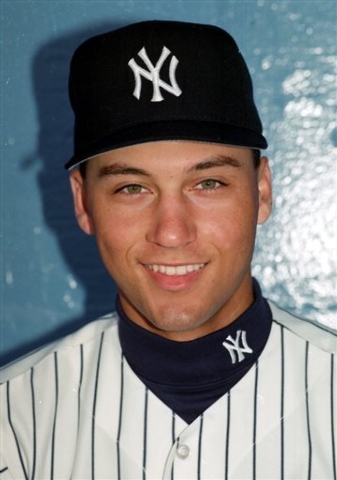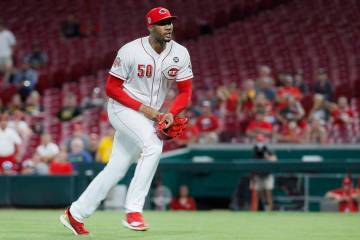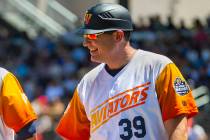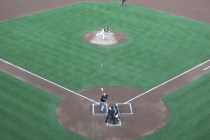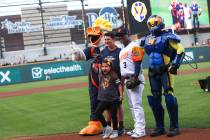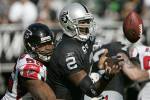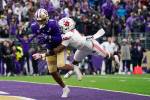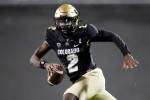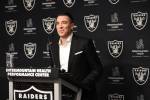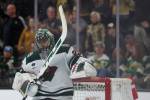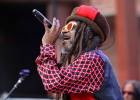Five teams whiffed on drafting Jeter
NEW YORK
The 17-year-old kid from Kalamazoo drew all sorts of raves.
He was a “young colt” with a “perfect SS body” and was a “top student” who planned to study medicine at the University of Michigan, too.
“This guy is special,” one big league scout even wrote.
But could anyone back then have projected that Derek Jeter the high schooler someday would become Derek Jeter the future Hall of Famer?
Now 40, Jeter is set to retire after this season. A five-time World Series champion and sixth on the career hits list, he spent two decades as the shortstop for the New York Yankees.
It didn’t have to be that way for everyone else in the majors. Five big league teams bypassed Jeter in baseball’s amateur draft in 1992 before New York selected him with the No. 6 pick.
A year earlier, Yankees scout Dick Grouch had first spotted Jeter after his junior year.
“It was one of those serendipitous events,” Grouch recalled last week. “I was going to cover a tournament on the other side of the state, and I knew they were having this talent identification camp at Mount Morris High School, so I stopped just to get a glance as to what was transpiring.”
“Usually at these talent identification camps, there are a group of very young kids. You don’t expect to see anything of a professional nature,” he said.
This time, there was indeed something worth seeing.
“About five or 10 minutes in, he was taking groundballs at the time, and then he did things that caught my eye. So that started the entire process of following him for the rest of that summer and of course the next year,” Grouch said.
With the short high school season, Jeter didn’t play many games during the school year, so Grouch watched him with the Kalamazoo Maroons summer team. And then Jeter injured an ankle early in his senior season, limiting his playing time.
But Jeter already had caught the attention of scouts for many teams, according to reports that later went to baseball’s Hall of Fame.
Cincinnati scout Gene Bennett wrote in April 1992 that Jeter aimed to study medicine at Michigan, adding he “has leadership ability with good makeup” and possessed “skills similar to (Barry) Larkin as high school player.”
Larkin, who played college ball at Michigan, became a Hall of Fame shortstop with the Reds.
The California Angels’ Jon Niederer noticed Jeter was “somewhat thin-chested and ‘pointy shouldered,’” saying he had a “good face — very young looking” and was a “top student from a high class family.”
Niederer said Jeter had “all the tools to play the game at a high level.” He took note of his “very quick hands and feet — so quick they can get him set up to make a play before the ball arrives and he looks out of synch.”
Dave Littlefield, who scouted Jeter for the Montreal Expos and went on to become Pittsburgh’s general manager, wrote a report that praised Jeter’s body type and bode well for future success.
“Hi butt, longish arms &legs, leanish torso,” he said. Among his other remarks was the “young colt” description.
“I think I got most of that right,” said Littlefield, who now scouts for the Chicago Cubs. “I wish in retrospect we had picked him.”
Jeter says he never really focused on scouts and is pretty sure they first showed up to watch another player on his summer team, outfielder Matt Terrell. In 1990, Terrell didn’t sign after being drafted by the Yankees and instead went to Western Michigan.
Grouch observed Jeter for about a year but tried not to interact with him.
“He always stayed away. He kept his distance,” Jeter said. “So I didn’t really speak to him.”
Grouch had a reason for his behavior.
“I did not want him to know that I was at the ballpark,” he said. “I sat in my car. I was in the bushes. I was in the woods. I didn’t want him to play for me, because I wanted to see how he handled failure. And every game that he played was the same.”
As the draft approached, Yankees director of scouting Bill Livesey made the trip to Michigan to watch him play. But the entire organization avoided direct contact. Five other teams were ahead of New York.
“We pretty much zeroed in on him, but none of us wanted to get our hopes up,” Livesey said. “We tried not to play our hand.”
But when Yankees executives met on the day before the draft, there was one last internal hurdle to overcome — and it was a big one. Team owner George Steinbrenner did not like drafting high school players, simply because they were too long from the big leagues.
“So we had to convince him,” Livesey said.
“He asked me how long it was going to take for him to be in the big leagues. It was a little bit of the fib: I told him four years. Once we convinced him that this wasn’t going to be a six-year project, that he’d be ready sooner than that, he gave us the go-ahead.”
Houston had the top pick after going 65-97. Hal Newhouser, the former Tigers pitcher elected to the Hall of Fame that year, was a Michigan area scout for the Astros and recommended Jeter.
Instead, general manager Bill Wood and scouting director Dan O’Brien used the pick on Cal-State Fullerton third baseman Phil Nevin — a decision that led Newhouser to leave the Astros.
Nevin spent 12 years in the big leagues, making one All-Star team, and managed Arizona’s Triple-A team at Reno this year.
Cleveland selected North Carolina right-hander Paul Shuey with the second pick. He was a good, durable reliever for most of his 11 seasons in the majors.
Mississippi State left-hander B.J. Wallace, taken by Montreal with the third pick, played for the U.S. at the 1992 Olympics but never made it above Double A.
Baltimore drafted Stanford outfielder Jeffrey Hammonds with the fourth selection. The Yankees had been interested in Hammonds but concluded they had enough outfielders. Hammonds hit .272 during 13 seasons in the majors and made one All-Star team.
Next up came the Reds, who took collegiate outfielder Chad Mottola, who in 18 professional seasons made it to the major leagues for a total of 59 games with four clubs.
The Yankees were next, and Jeter was there for the picking.
“He just had that demeanor. He had this confident way about him,” said San Francisco general manager Brian Sabean, then the Yankees’ vice president of player development.
Jeter signed for a $700,000 bonus, reached the majors for the first time in 1995 and quickly blossomed.
With 14 All-Star selections, a Rookie of the Year award and more than 3,450 hits, he can start writing his Hall of Fame induction speech for July 2020.



